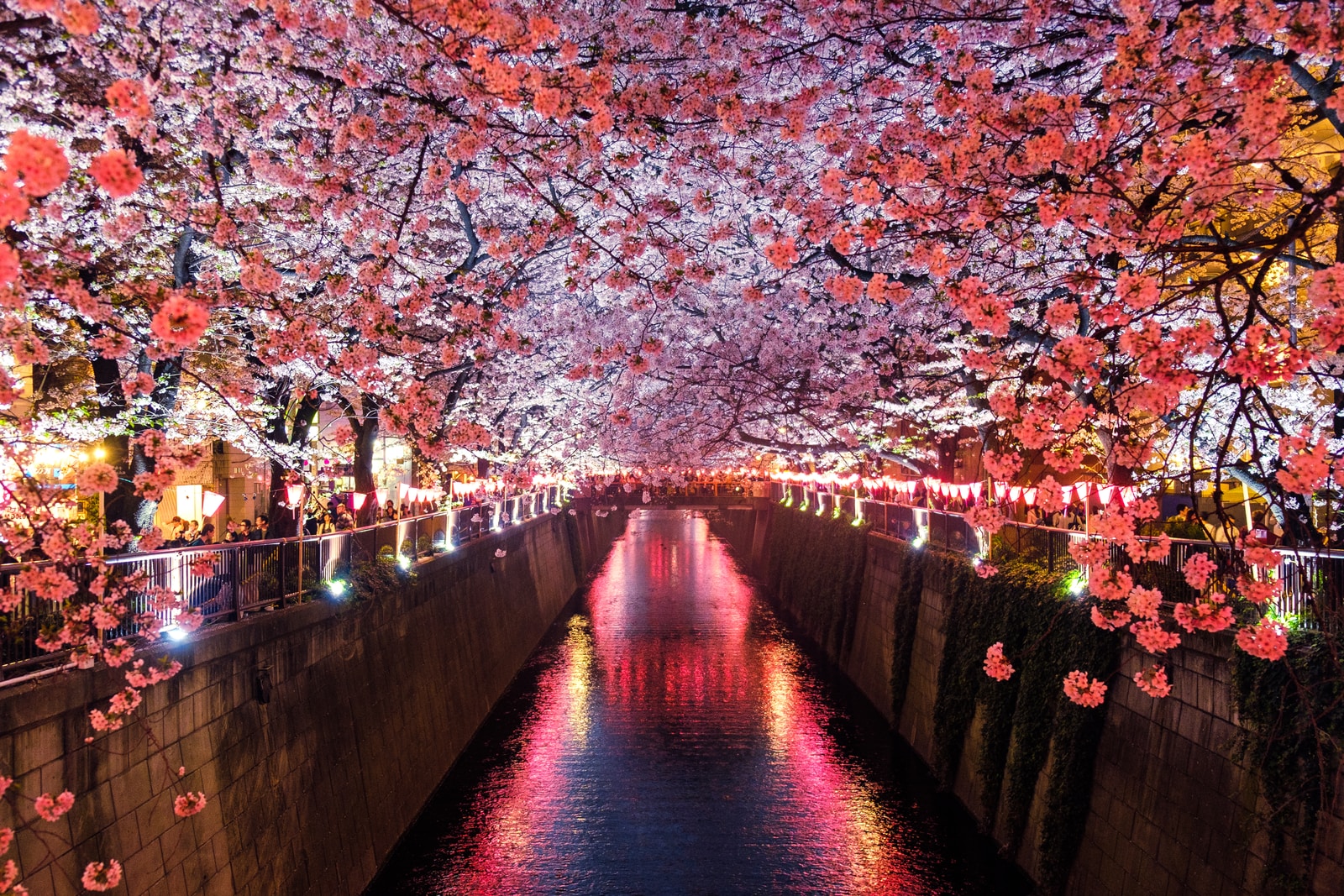OPINION
As even the CCP can’t hide any more, China’s population is in dramatic and apparently unstoppable decline. Not even a dramatic reversal of the country’s One Child Policy, with government propaganda exhorting Chinese to have more children, is helping. Official data — which, given Beijing’s propensity to lie, probably means that the situation is far worse — suggests that China’s population will shrink by 109 million people by 2050.
Across the East China Sea, one of Beijing’s arch-enemies, Japan, isn’t doing much better.
About a third of 18-year-old women in Japan may never have children, a government institute said on Wednesday, in the latest indication of an uphill battle to reverse a dwindling population in the world’s third-largest economy.
The National Institute of Population and Social Security Research (IPSS) estimated in a report that 33.4% of women born in 2005 would be childless. The most optimistic scenario had that number at 24.6% and the worst at 42%.
In a depressing episode of James May’s travel show, Our Man in Japan, May visited a village on the southern island of Shikoku. Despite the stunning beauty of the place, Nagoro village is almost deserted. It’s known as the “scarecrow village”, after the life-size dolls created by local resident Tsukimi Ayano. Each doll is made to represent a former villager who has either left to work in the big cities or died. The dolls outnumber living residents ten to one.
It’s a depressing metaphor for Japan as a whole.
The number of children in Japan has been falling for more than four decades as the appetite for marriage and parenting has waned and financial worries have grown, surveys show.
The IPSS determines the expected percentage of childless women by taking into account factors such as age of marriage in estimating the fertility rate […]
“With the rising cost of living, I don’t think people feel they can afford to, or comfortably say they want to, have children,” said 23-year-old Anna Tanaka.
Women are marrying nearly four years later than they did in 1985, at an average age of 29.4. Marrying in one’s 30s tends to result in just one child, if any.
That trend could itself be causing a vicious cycle of fewer children begetting fewer children, said Takuya Hoshino, senior economist at Dai-ichi Life Research Institute.
As people have fewer children, they are able to spend more on each child than families have in the past. That drives up the average cost of raising a child for the broader population, putting some people off having children, he said.
Tuition at private universities jumped fivefold between 1975 and 2021, and by 19 times at public universities, data shows.
“The challenge is that no single cause can be identified for the declining birthrate,” [IPSS Director Miho Iwasawa] said.
The Japan Times
One obvious cause is Japan’s famously workaholic culture.
Rolling public opinion polls find more respondents delaying marriage or children—sometimes indefinitely—because of a job market in flux and the high cost of living.
Japanese women, especially those who go on to receive higher education, face incompatible corporate cultures and family customs that are still bound by traditional gender roles. These tensions are among the reasons why some would-be parents are reluctant to raise children in the current environment, despite a desire to do so.
The Japanese government is rushing to find remedies before its population decline becomes terminal.
Masanobu Ogura, Japan’s children’s minister, cited the data in late March when he unveiled proposals that represented “a last chance” to reverse the decades-long downtrend. The plans, to be overseen by a new Children and Families Agency launched on April 1, were an expansion of past policies that largely had failed to move the needle in meaningful ways.
To further reduce the financial burden of child-rearing, the government will offer subsidies to cover childbirth and schooling, with families expected to receive tens of thousands of dollars throughout a newborn’s early childhood and adolescence. For parents, the introduction of flexible work arrangements will, on paper, encourage more co-parenting.
“While diverse views about marriage, childbirth and child-rearing should be respected, we want to make a society where young generations can marry, have and raise children as they wish,” said Ogura, whose long-ruling conservative party backs traditional family values.
“The basic direction of our measures to tackle low births is to reverse the trend of declining births by supporting individuals’ pursuit of happiness,” he said.
Japan, like many Asian countries, isn’t particularly keen on immigration. Unlike lazy policy-makers in Western countries, the Japanese aren’t about to embrace the mass immigration Ponzi scheme.
Its solutions are going to have to come from within.
“Some say it’s not a problem to have a low fertility rate. That’s OK if people positively choose this option. But the point is the majority of relatively young people would like to get married, form a new family and have kids, but they have to compromise,” said Sawako Shirahase, a sociology professor at the University of Tokyo, who researches gender and generational issues.
Newsweek
Still, if history has taught us anything, it’s to never underestimate the genius of the Japanese at wholesale re-engineering their society to meet the demands of a changing world.

